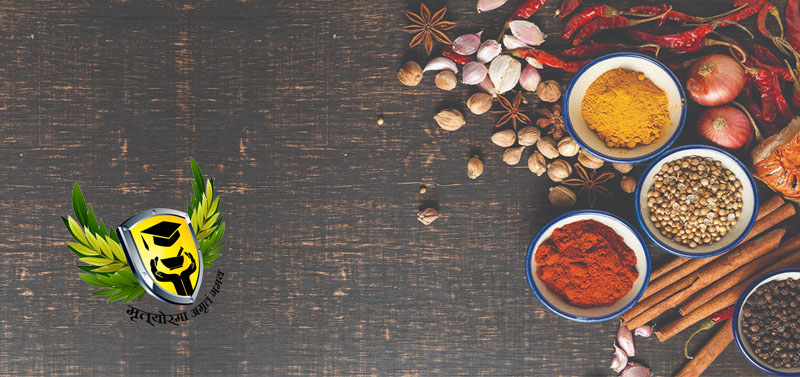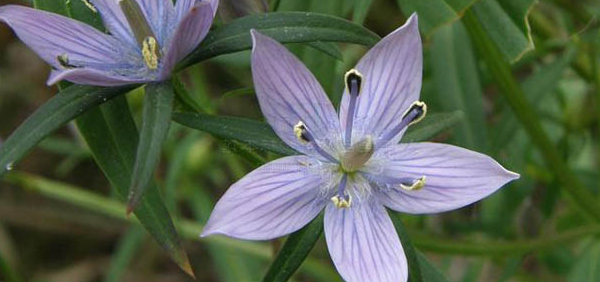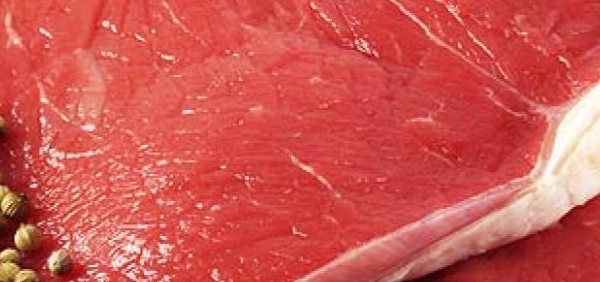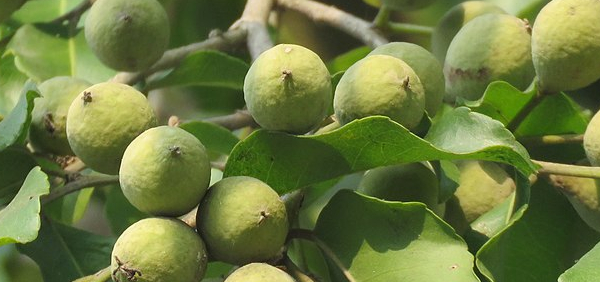punarnava :

Morphology:
Stem-greenishpurple, stiff, slender, cylindrical, swollen at nodes, minutely pubescent or n early glabrous, prostrate divericately branched, branches from common stalk, often more than a metre long.
Root– wel developed, fairly long, somewhat tortuous, cylindrical, 0.2-1.5 cm in diameter, yellowish brown to brown coloured, surface soft to touch but rough due to minute longitudinal striations and root scars, fracture, short, no distinct odour, taste, slightly bitter.
Leaves-opposite in unequal pairs, larger ones 25-37 mm long and smaller ones 12-18 mm long ovate-oblong or suborbicular, apex rounded or slightly pointed, base subcordate or rounded, green and glabrous above, whitish below, margin entire or subundulate, dorsal side pinkish in certain cases, thick in texture, petioles nearly as long as the blade, slender.
Flowers-very small, pink coloured, nearly sessile or shortly stalked, 10-25 cm, in small umbells, arranged on slender long stalks, 4-10 corymb, axillary and in terminal panicles, bracteoles, small, acute, perianth tube constricted above the ovary, lower part greenish, ovoid, ribbed, upper part pink, funnel-shaped, 3 mm long, tube 5 lobed, stamen 2-3.
Fruit-one seeded nut, 6 mm long clavate, rounded, broadly and bluntly 5 ribbed, viscidly glandular.
Histology:
Stem-Transverse section of stem shows epidermal layer containing multi cellular, uniserite glandular trichome consisting of 9-12 stalked cells and an ellipsoidal head, 150-220 n long, cortex consists of 1-2 layers of parenchyma, endodermis indistinct, pericycle 1-2 layered, thick-walled often containing scattered isolated fibres, stele consisting of many small vascular bundles often joined together in a ring and many big vascular bundles scattered in the ground tissue, intra fascicular cambium present.
Root-transverse section of mature root shows a cork composed of thin-walled tangentially elongated cells with brown walls in the outer few layers, cork cambium of 1-2 layers of thin walled cells secondary cortex consists of 2-3 layers of parenchymatous cells followed by cortex composed of 5-12 layers of thin-walled, oval to polygonal cells, several concentric bands of xylem tissue alternating with wide zone of parenchymatous tissue present below cortical regions, number of bands vary according to thickness of root and composed of vessels, tracheids and fibres, vessels mostly found in groups of 2-8 in radial rows, having simple pits and reticulate thickening, tracheids, small, thickwalled with simple pits, fibres aseptate, elongated, thick-walled, spindle shaped with pointed ends, phloem occurs as hemispherical or crescentic patches outside each group of xylem vessels and composed of sieve elements and parenchyma, broad zone of parenchymatous tissue, in between two successive rings of xylem elements composed of thin-walled more or less rectangular cells arranged in radial rows, central regions of root occupied by primary vascular bundles, numerous raphides of calcium oxalate, in single or in group present in cortical region and parenchymatous tissue in between xylem tissue, starch grains simple and compound having 2-4 components found in abundence in most of cells of cortex, xylem elements in parenchymatous tissue between xylem elements, simple starch grains mostly rounded in shape and measure 2.75-11 n in diameter.
Leaves-Transverse section of leaf shows anomocytic stomata on both sides, numerous, a few short hairs, 3-4 celled, present on the margin and on veins, palisade one layered, spongy parenchyma 2-4 layered with small air spaces, idioblasts containing raphides, occasionally cluster crystal of calcium oxalate and orange-red resinous matter present in mesophyll. Palisade ratio 3.5-6.5, stomatal index 11-16, vein islet number 9-15.
- » Classification and names of punarnava
- » Synonyms and definitions of punarnava
- » Drug Properties of punarnava
- » Chemical Constituents of punarnava
- » Standardization of punarnava
- » Parts used and Dosage of punarnava
- » Morphology and Histology of punarnava
- » Distribution and Conservation of punarnava
- » Cultivation of punarnava
- » punarnava in the market
- » Medicinal Uses of punarnava
- » Researches and clinical trails of punarnava
- » punarnava in other sytems of medicine
- » Ayurvedic formulations with punarnava
- » Images of punarnava













